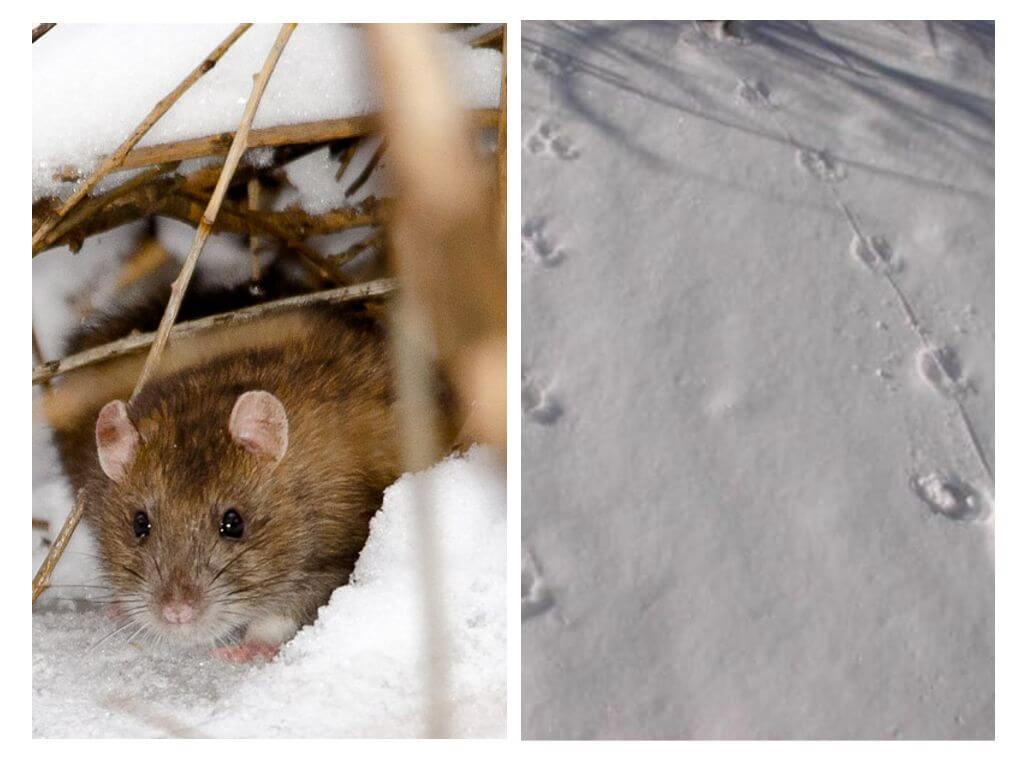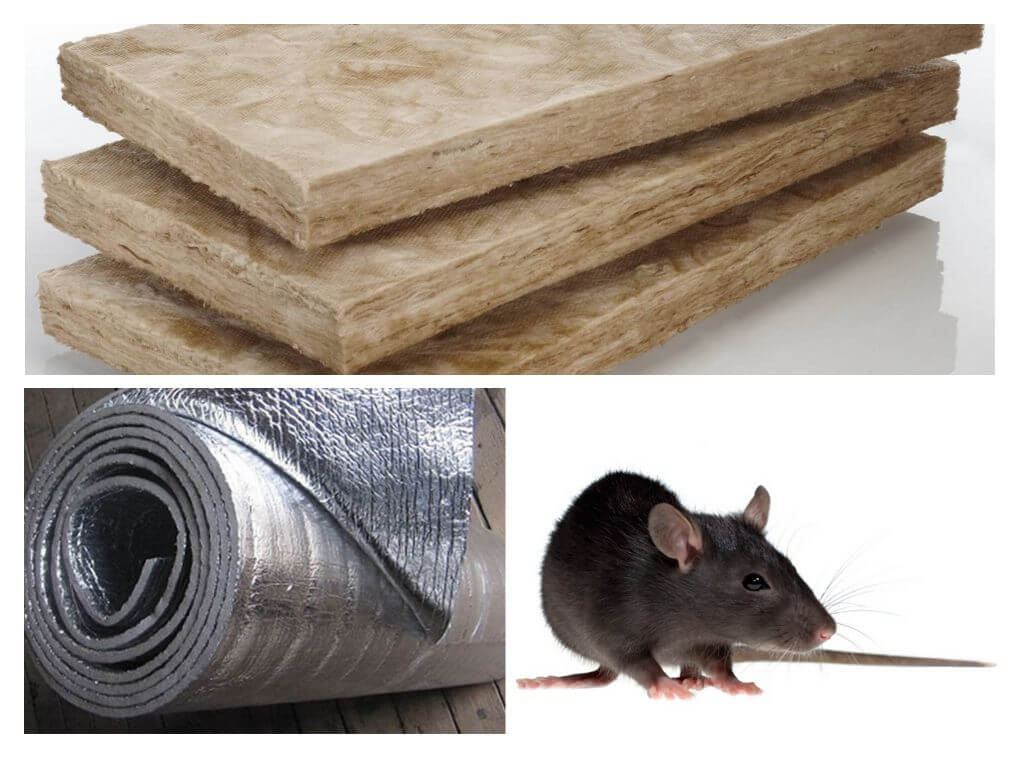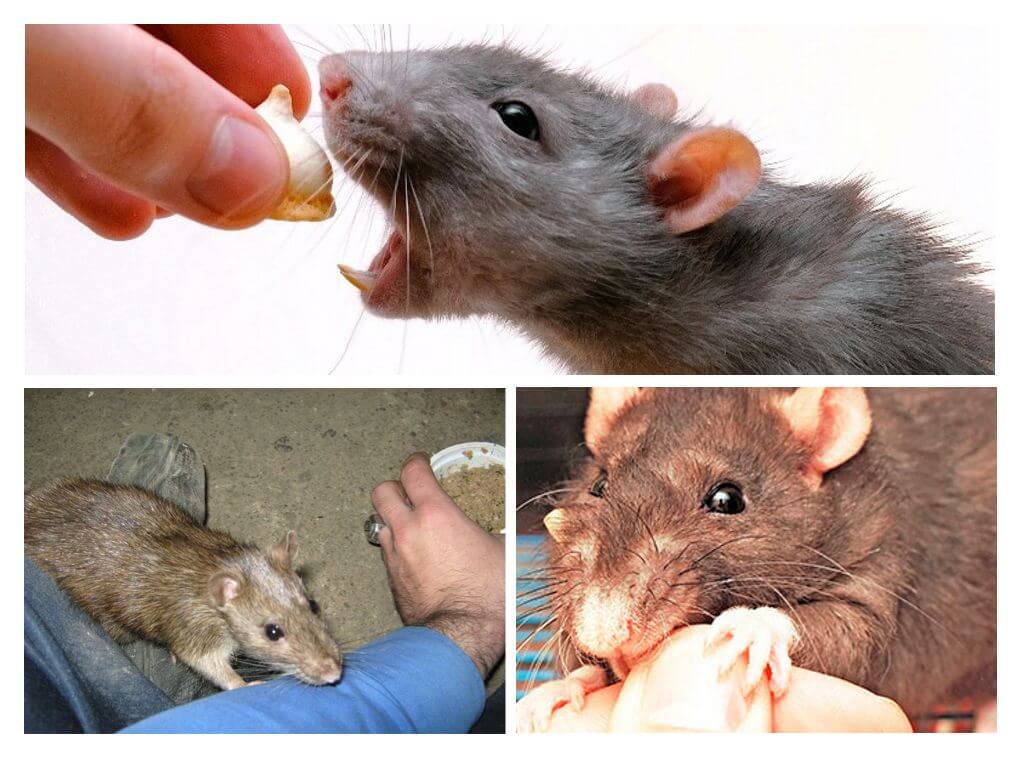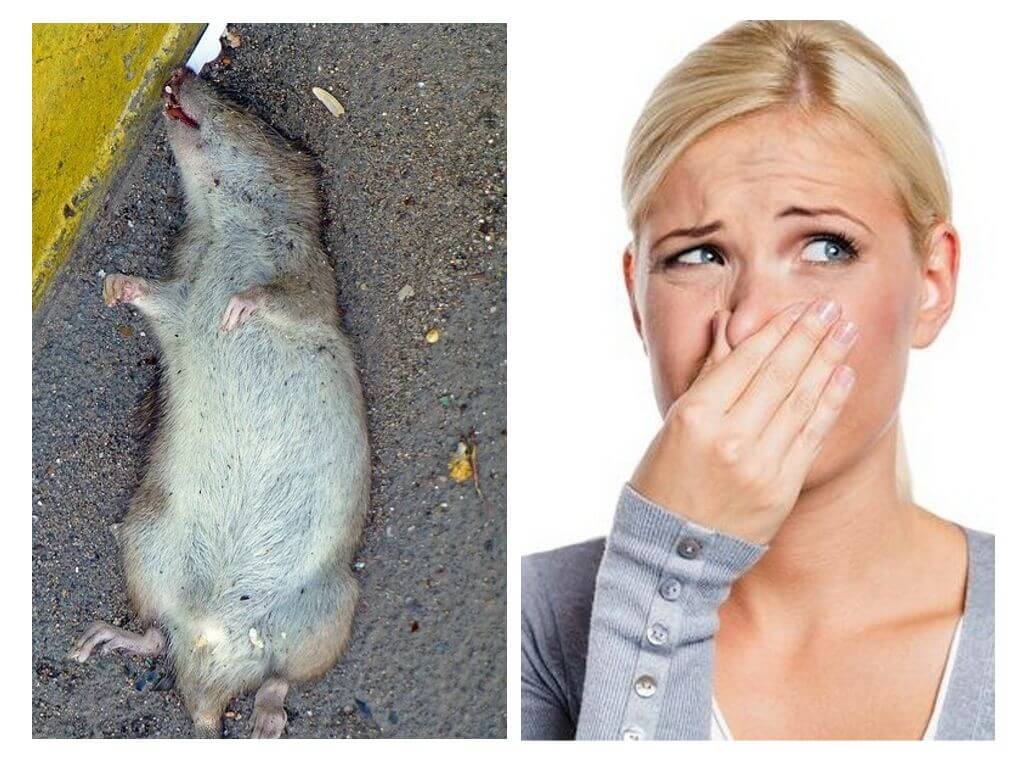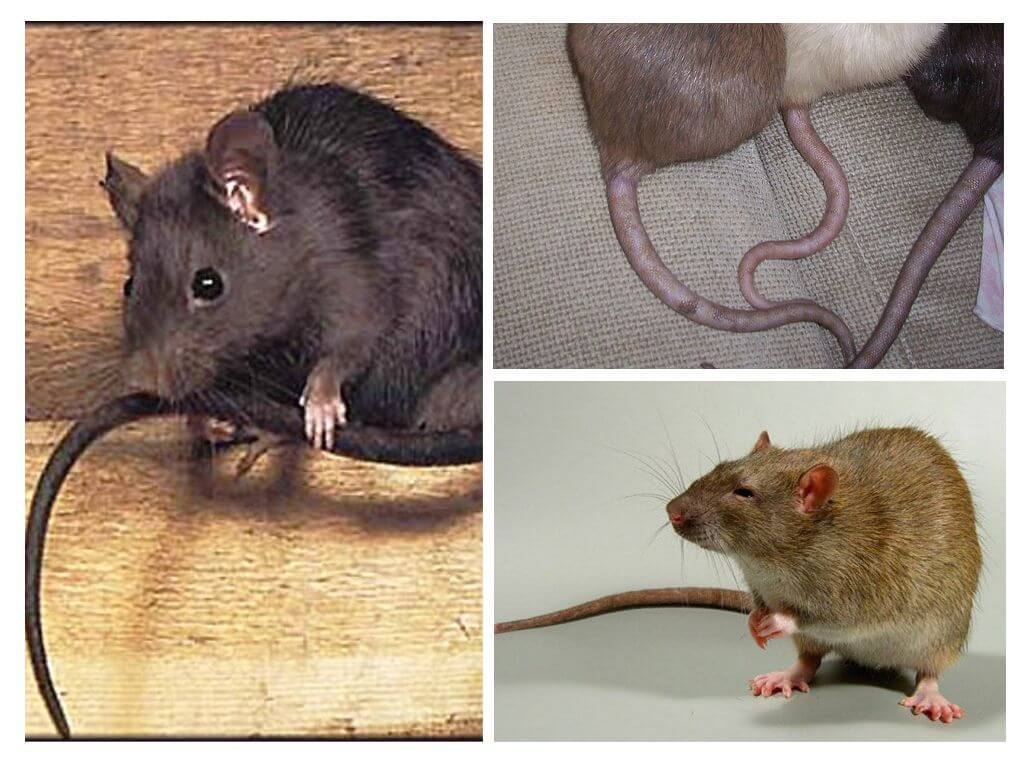
The rat tail is a subject of much debate. The question of its need and functional properties arises today. However, given the fact that there is nothing superfluous in nature, this means that the appendix for the animal is of no small importance. Why would a rat have a long tail, this article will tell.
Scientists know over 60 rat species, and in most of them, the tail length corresponds to the size of the rodent's body. Even in little baby rats the tail is long enough. Many people believe that the tail of a rat is naked. However, this statement is not entirely true: if you look closely at the appearance of the rat, it can be noted that the tail is covered by a fine, bristle having the same color as the animal itself. Especially, the hairs are clearly visible on the bodily background of the skin of rodents in white and black. Below you can see what the rat’s tail looks like in an enlarged photo.
On a note!
There is another myth, according to which, the tail of the rat is noticeably cold and slippery. Such an opinion is also incorrect: the surface layer does not have mucus at all, and on the contrary, is quite rough. It consists of small scales closely adjacent to each other. Cold extension of the spine may be from if the animal froze.
Temperature controller
People have repeatedly thought about why rats have a tail. This process has two purposes, which ensures the normal functioning of the animal. The first purpose is to regulate body temperature. The blood vessels inside the process of the rat are able to expand and pass through a larger volume of warm blood. The liquid returns to the rodent already chilled, which helps to reduce the body temperature of the animal.
The cycle in the opposite direction occurs when the body temperature drops. Therefore, the tail of the rat serves as a kind of temperature regulator.
Balancer
One more interesting fact about the rat and her tail is a balancing ability. After all, it is not difficult for a rat to climb a vertical surface, climb a branch or wire. And in all these situations, the tail comes to her aid. It is he who allows the animal not to fall and maintain its balance, performing the function of an invisible hand. Of particular importance in this case is the length of the rat tail: the larger it is, the more confident the animal feels.
Now you know about the value of this rat dignity, which not only decorates the animal, but also saves the animal from danger.
